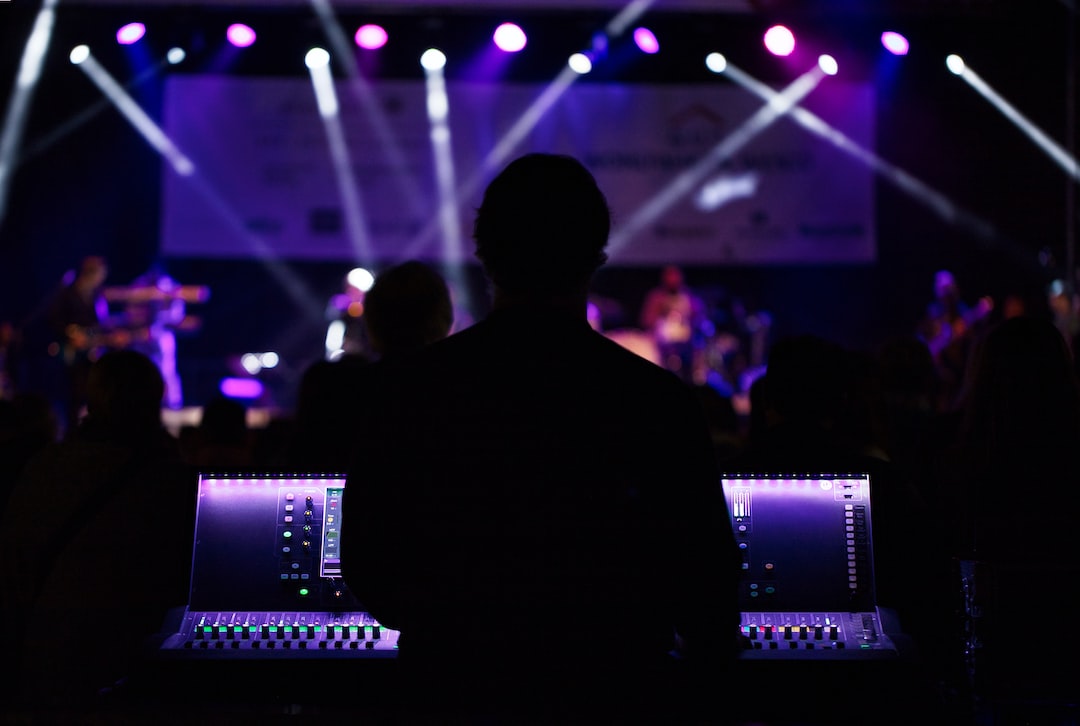The influence of media on cultural perceptions and stereotypes has been an ongoing and prominent issue in modern society. With the rise of technology and the widespread availability of media platforms, we are constantly bombarded with various forms of content that shape our understanding of different cultures and perpetuate stereotypes. This blog post aims to explore the impact of media on cultural perceptions and the role it plays in reinforcing stereotypes.
Media, in its diverse and ever-expanding forms, has a powerful ability to shape the way we perceive and understand different cultures. Television shows, movies, news reports, and social media platforms are just a few examples of mediums through which we receive information and imagery related to various cultural groups. Unfortunately, the portrayal of these cultures often falls into the trap of stereotypes.
Stereotypes are oversimplified ideas or beliefs about a particular group, usually based on limited or biased information. They are perpetuated by the media through the repetition of certain narratives, images, and characterizations. For example, we commonly see Middle Eastern individuals being portrayed as terrorists, African-Americans as criminals, and Asians as math geniuses. These stereotypes not only contribute to cultural biases but also hinder our ability to understand and appreciate the complexities of different cultures.
One way in which the media reinforces cultural stereotypes is through the process of selective representation. This occurs when certain cultural groups are depicted more frequently or in specific roles compared to others. For instance, in Hollywood movies, African-Americans are often shown as drug dealers or gang members, perpetuating the stereotype that they are dangerous or involved in criminal activities. Similarly, women from certain cultures may be portrayed mainly as submissive or exoticized individuals, supporting sexist notions and reinforcing cultural hierarchies.
Another influential aspect of media is the manipulation of cultural symbols and iconography. Cultural symbols are the visual or auditory representations that hold significant meaning within a particular culture. However, when these symbols are taken out of their original context or fetishized in the media, they can perpetuate stereotypes. For instance, Native American headdresses are often used as fashion accessories, without regard for their sacred purposes within indigenous cultures. This depersonalization and appropriation can lead to the misrepresentation of a culture and the reinforcement of stereotypes.
Furthermore, social media has become a breeding ground for the rapid dissemination of cultural stereotypes. Individuals often unknowingly share and perpetuate stereotypes through memes, jokes, or comments that perpetuate harmful narratives. While these actions may seem harmless, they contribute to the reinforcement of negative perspectives towards different cultures. Additionally, the anonymity provided by social media allows for the spread of hate speech and discriminatory content, further exacerbating the issue.
It is essential to recognize the potential harm caused by the media’s influence on cultural perceptions and stereotypes. Not only do these stereotypes limit our understanding of diverse cultures, but they also lead to discrimination and marginalization. When we internalize stereotypes, we develop biases that shape our interactions and perceptions of others. This can have serious real-world consequences, such as workplace discrimination, racial profiling, and diplomatic tensions between nations.
To combat the perpetuation of stereotypes through media, it is crucial to encourage media literacy and critical thinking skills. By teaching individuals to analyze and question the content they consume, we can decrease the impact of media on shaping cultural perceptions. Media literacy programs should be implemented in schools and educational institutions to equip individuals with the tools necessary to navigate the media landscape effectively.
Additionally, media organizations carry the responsibility of promoting accurate and inclusive portrayals of different cultures. By diversifying the voices and perspectives within media productions, we can challenge the dominance of stereotypes and provide a more accurate representation of cultural diversity. Media outlets should also prioritize sensitivity and context when portraying cultural symbols and avoid perpetuating harmful narratives that reinforce stereotypes.
In conclusion, the influence of media on cultural perceptions and stereotypes cannot be overlooked. Media has the power to shape our understanding of different cultures, often perpetuating harmful stereotypes. Through selective representation, the manipulation of cultural symbols, and the rapid dissemination of content on social media, stereotypes find their way into our collective consciousness. However, by actively engaging in media literacy and promoting accurate and inclusive portrayals, we can challenge these stereotypes and foster a more understanding, respectful, and culturally diverse society.

